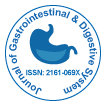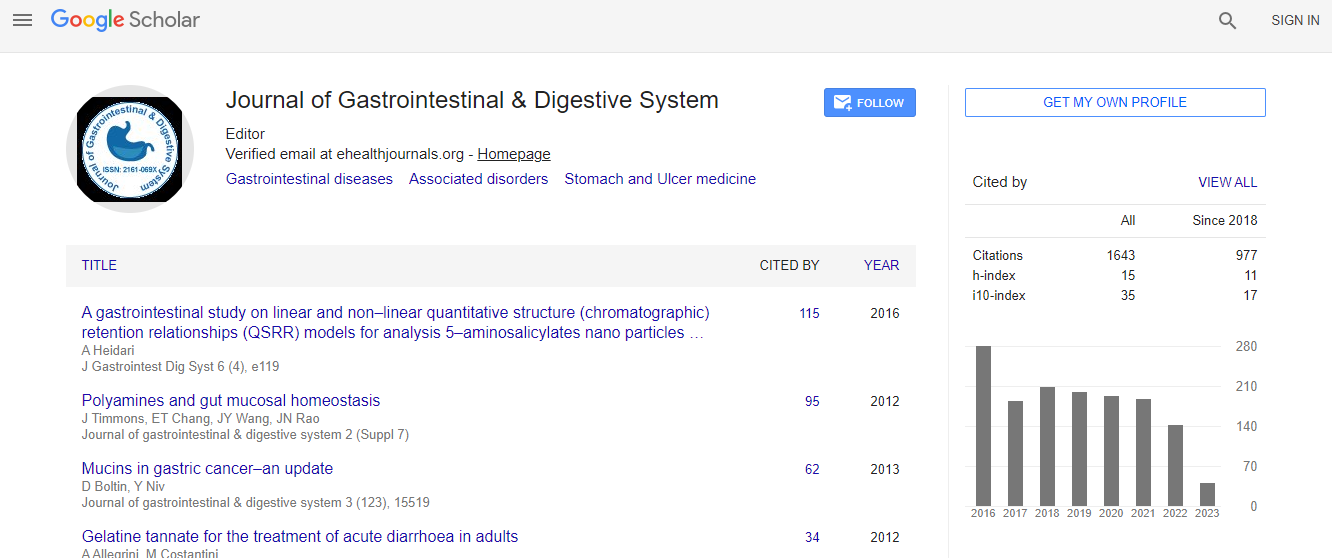Cryptogenic Liver Cirrhosis in a 22-Year-Old Filipino presenting as Upper Gastrointestinal Bleeding: A Case Report
Abstract
Distorted liver architecture and regenerative nodules are histologic hallmarks of liver cirrhosis. A variety of risk factors have been associated with development of cirrhosis, but cryptogenic cases are still reported. A 22-year-old Filipina was admitted in our institution due two episodes of hematemesis with no other associated signs and symptoms. Patient is a never-drinker and had no previous hepatitis infection. Splenomegaly and mild thrombocytopenia were noted on admission. Endoscopically, Grade IV Esophageal varices, with signs of recent haemorrhages were noted, and rubber band ligation was done. Liver elastography was consistent with cirrhosis.
ANA screening was non-reactive, but KRT18 was positive. Epidemiology of cryptogenic cirrhosis in young adults is approximately 10%, like that of adult population. However, keratin gene mutation causing cirrhosis is rare, and associations have not been well elucidated. Young adults at early stages of cirrhosis are clinically asymptomatic and liver architecture is minimally destroyed. Complications leading to major morbidity in cirrhosis are hepatic encephalopathy, spontaneous bacterial peritonitis, esophageal variceal bleeding, and ascites in increasing frequency. Thus, we report this case due to the rarity of keratin gene mutation related cryptogenic liver cirrhosis in young adults.

 Spanish
Spanish  Chinese
Chinese  Russian
Russian  German
German  French
French  Japanese
Japanese  Portuguese
Portuguese  Hindi
Hindi 
